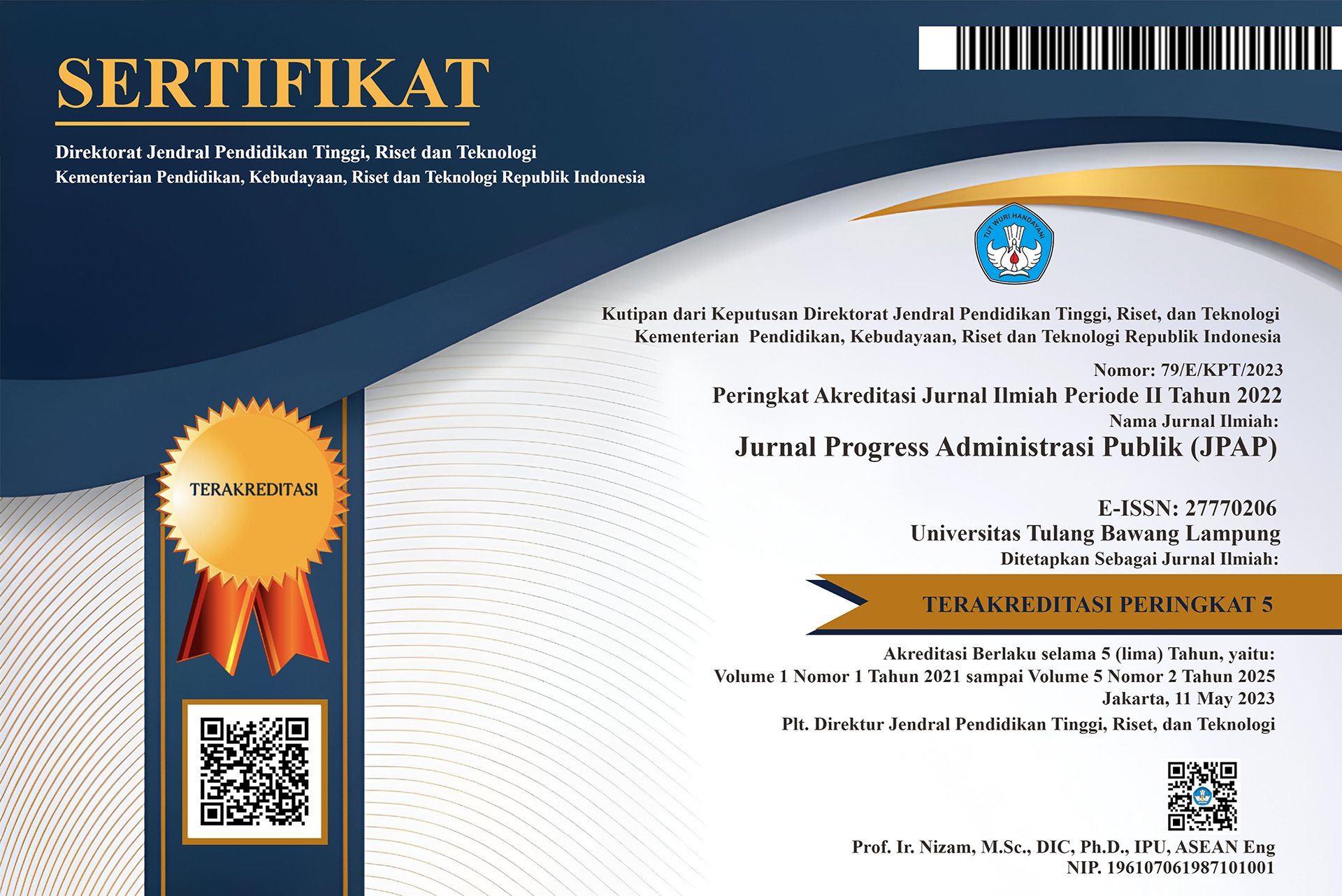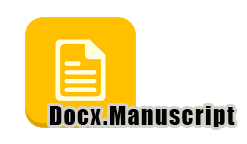KOMPARASI IMPLEMENTASI PENYALURAN PROGRAM SEMBAKO DI KOTA METRO: HIMPUNAN BANK NEGARA (HIMBARA) VS PT POS
DOI:
https://doi.org/10.37090/jpap.v3i1.907Abstract
Food Social Assistance in Indonesia has been transformed several times, beginning with Welfare Rice, Non-Cash Food Assistance (BPNT) to Sembako Program. The transformation of food social assistance is carried out to find a better formulation in supplying food needs with balanced nutrition for the poor and vulnerable. The Sembako Program in Metro City has been implemented since 2018 and distributed by Himbara, BRI Bank with e-Warong as a place for utilization of assistance (disbursement and distribution). Furthermore, in 2022 based on Kepdirjen PFM number 29 of 2022 determines that the Sembako Program is distributed in cash by PT Pos Indonesia. This study has compared the distribution of the sembako program by Himbara and PT Pos in Metro City. The purpose of this research is to find similarities and differences to know which implementation is better. The method in this research is descriptive qualitative with a comparative approach. The findings of this research are that the distribution of the Sembako Program in Metro City is more effective when distributed by Himbara with e-Warong as a place to utilize the assistance. On the other hand, there are community empowerment targets in the distribution of sembako programs by Himbara, such as empowerment of e-Warong members. Keywords: Sembako Program; Comparison; Empowerment; E-Warong.Downloads
References
Afringgo, R., Nurmasari, Zubaidah, E. (2021). Efektifitas E-Warong sebagai sarana pengintegrasian tujuan Program Keluarga Harapan pada Kelompok Target Kube Berkah Harapan di Kota Pekanbaru. Jurnal Ranah Publik Indonesia Kontemporer, 1 (1), 22-29.
Anwar,D.P., Ati, N.U., Pindahanto, R. (2020). Implementasi Program Bantuan Pangan Non Tunai (BPNT) Dinas Sosial dalam Menanggulangi Kemiskinan di Kelurahan Sisir Kecamatan Batu Kota Batu. Jurnal Respon Publik, 14 (3), 1-7.
BPS. (2021). Statistik Indonesia 2021. Laporan Tahunan. Diunduh dari: https://www.bps.go.id/publication/2021/02/26/938316574c78772f27e9b477/statistik-indonesia-2021.html.
Kaelan. (2012). Metode Penelitian Kualitatif Interdisipliner bidang Sosial, Budaya, Filsafat, Seni, Agama dan Humaniora. Yogyakarta: Paradigma.
Keputusan Direktur Jenderal Penanganan Fakir Miskin Nomor 29 Tahun 2022 Tentang Petunjuk Teknis Percepatan Penyaluran Bantuan Program Sembako Periode Januari, Februari, dan Maret Tahun 2022.
Nasition, M., Zahara, E.L. (2020). Transformasi Bantuan Pangan Non Tunai (BPNT) : Program Sembako Harus Lebih Efektif. Buletin APBN, 3 (3), 3-7.
Pedoman umum Program Sembako Perubahan I Tahun 2021.
Ratnawati,N., Suharto, Suhada,B. (2022). Studi Pengukuran Kepuasan Pelanggan (Penerima Bantuan Sosial Pangan Program Sembako) E-Warong Kube di Kecamatan Metro Pusat dengan Metode Importance Performance Analysis. Jurnal Simplex, 3 (2), 65-77.
Risnandar & Broto,A.W. (2018), Implementasi Bantuan Sosial Non Tunai di Indonesia. Sosio Konsepsia, 7(3), 146-161.
Sabarisman, Muslim. (2012). Perubahan Sosial dalam pemberdayaan masyarakat miskin perkotaan; Pemberdayaan melalui KUBE di Kelurahan Sayangsayang Kota Mataram. Sosiokonsepsia, 17 (3), 252-268.
Downloads
Published
How to Cite
Issue
Section
License
Copyright (c) 2023 Jurnal Progress Administrasi Publik (JPAP)

This work is licensed under a Creative Commons Attribution-ShareAlike 4.0 International License.























